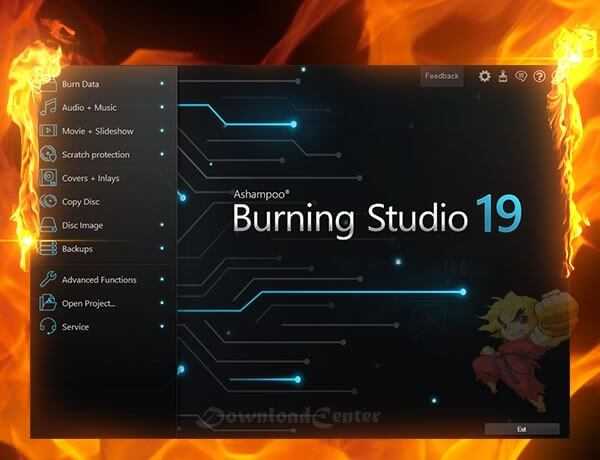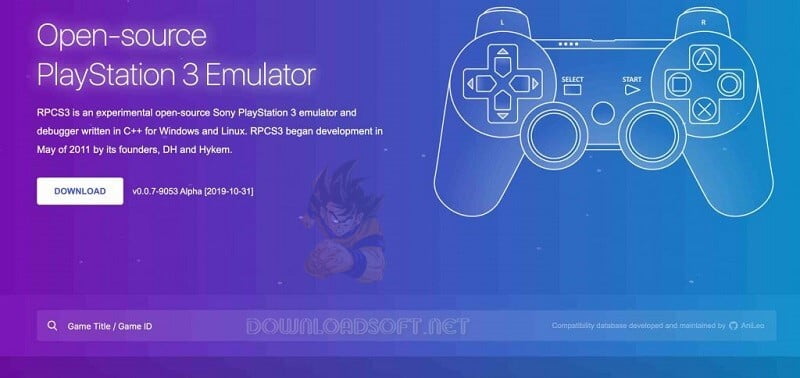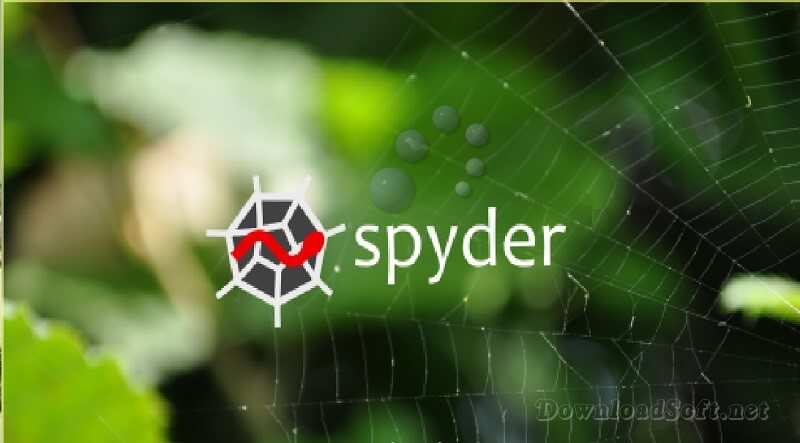OpenCV Library Free Download for Windows, Mac and Mobile
OpenCV Library Free Download for Windows, Mac and Mobile
The Power of OpenCV Library
computer vision has rapidly advanced in recent years, and one of the key players in this field is the library. OpenCV, short for Open Source Computer Vision Library, is a powerful open-source software toolkit that provides developers with a vast array of functions and algorithms for image and video processing. In this article, we will explore the capabilities and how they have revolutionized the world of computer vision.
OpenCV (open-source computer vision library) is licensed under the BSD license and is therefore free for academic and commercial use. It contains C ++, Python, and Java interfaces that support Windows / Linux / Mac / iOS and Android.
It is designed to achieve computational efficiency with a strong focus on real-time applications. Written in improved C / C ++, the library can benefit from multi-core processing. Enabling it with OpenCL can take advantage of hardware acceleration in the heterogeneous basic computing system.
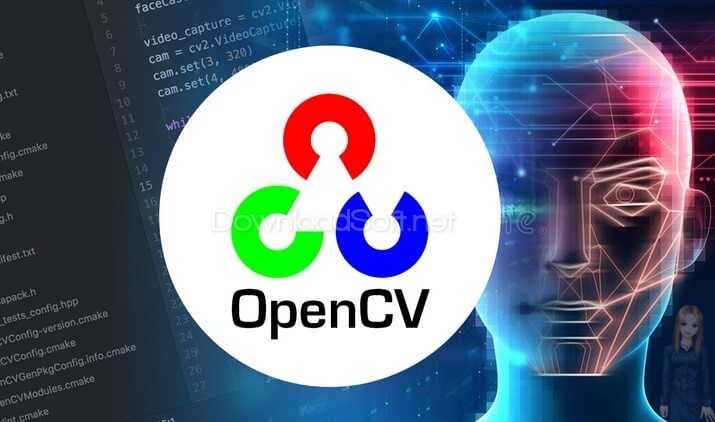
Understanding the OpenCV Library
It was initially developed by Intel in the late 1990s, to provide a common infrastructure for computer vision applications. It quickly gained popularity due to its extensive collection of pre-built functions and algorithms, making it easier for developers to implement complex vision tasks.
It is written in C++ and has bindings available for various programming languages, including Python, Java, and MATLAB. This versatility allows developers to leverage the library’s power regardless of their preferred programming language. Moreover, its open-source nature has encouraged a strong community of developers who contribute to its continuous improvement and expansion.
OpenCV (Open Source Computer Vision Library)
It is an open-source software library for vision and automation. It is designed to provide a common infrastructure for computer vision applications and accelerate the use of machine recognition in commercial products. Being a licensed product of BSD, it is easy for companies to use and modify the code.
Certified worldwide, relies on more than 47,000 users and estimated downloads of over 14 million. The use ranges from interactive art to mining searches, mapping on the web, or through advanced robots.
A Multitude of Features
The library offers an extensive range of features, making it suitable for a wide range of computer vision applications. Let’s explore some of its most notable capabilities:
1. Image and Video Processing
Provides a comprehensive set of functions for image and video processing. From basic operations like image filtering, transformation, and manipulation to more advanced tasks such as feature detection, object tracking, and motion analysis, simplifies the implementation of complex vision algorithms.
Whether you need to enhance image quality, extract useful information, or analyze video streams in real-time, provides the necessary tools to accomplish these tasks efficiently.
2. Object Detection and Recognition
One of the most powerful features of the library is its ability to detect and recognize objects in images and videos. It includes popular object detection algorithms such as Haar cascades and HOG (Histogram of Oriented Gradients), which can be used to detect faces, pedestrians, and other objects of interest.
Additionally, it supports machine learning frameworks like TensorFlow and PyTorch, allowing developers to train custom object detection models and integrate them seamlessly into their applications.
3. Camera Calibration and 3D Reconstruction
Offers robust camera calibration techniques that enable precise camera parameter estimation. This is essential for tasks like 3D reconstruction, augmented reality, and camera pose estimation. By calibrating cameras, developers can accurately measure distances, determine object positions, and create realistic virtual overlays on real-world scenes.
4. Machine Learning Integration
The OpenCV library has embraced the advancements in machine learning and deep learning. It provides integration with popular machine learning frameworks and tools like TensorFlow, PyTorch, and sci-kit-learn. This allows developers to combine the power of machine learning algorithms with the extensive computer vision capabilities offered.
By leveraging machine learning models, developers can achieve more accurate results in tasks such as image classification, object detection, and image segmentation. The combination of technology and machine learning opens up new possibilities for intelligent computer vision applications.
Features and Benefits
- The library contains more than 2500 improved algorithms.
- It includes a comprehensive set of classic vision algorithms and computer automation.
- These algorithms can be used to detect and recognize faces.
- Identifying Objects, and classifying human actions in videos.
- Track camera movements, and track animated objects.
- Extract 3D models of objects.
- Produce a three-dimensional pull of stereo cameras, and merge images to produce a high-resolution image for the entire scene.
- Find similar images from the images’ database.
- Remove red eyes from images taken with the flash.
- Follow eye movements, identify landscapes, and create markers to overlap with enhanced reality.
- It has more than 47 thousand people from the user community and an estimated download of over 14 million.
- The library is widely used by companies, research groups, and government agencies.
- Contains C ++, Python, Java, and MATLAB interfaces and supports Windows, Linux, Android, and macOS.
- Most tend towards real-time vision applications and benefit from MMX and SSE guidelines as they become available.
- CUDA and OpenCL full-featured interfaces are being developed.
- There are more than 500 algorithms and about 10 times the many functions that compose or support these algorithms.
- The original CV is written in C ++ and has a smooth interface that works seamlessly with STL containers.
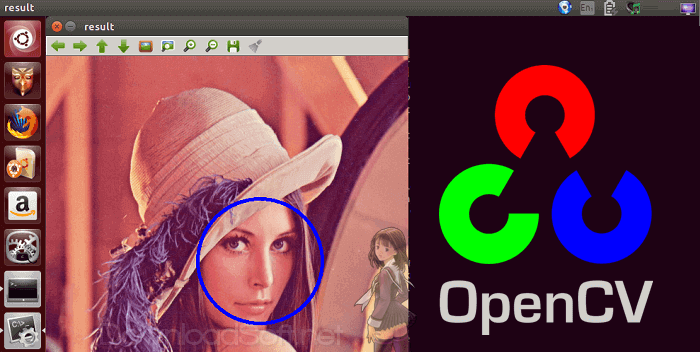
Real-World Applications
Instrumental in various real-world applications across multiple industries. Let’s explore some of the domains that have made a significant impact:
1. Robotics and Autonomous Systems
Plays a crucial role in robotics and autonomous systems by enabling visual perception and scene understanding. Robots equipped with cameras can utilize OpenCV’s algorithms to navigate complex environments, detect obstacles, and perform object manipulation tasks.
2. Biometrics and Security
In the field of biometrics and security, it has proven to be invaluable in providing reliable and efficient solutions. Facial recognition systems, fingerprint identification, and iris scanning are just a few examples where object detection and recognition capabilities have been employed to enhance security measures.
3. Medical Imaging and Healthcare
Found applications in medical imaging and healthcare, revolutionizing diagnostics and patient care. It enables the analysis of medical images such as X-rays, MRIs, and CT scans, assisting in the detection of abnormalities, tumor segmentation, and image-guided interventions. OpenCV’s algorithms and tools help medical professionals make accurate diagnoses and improve treatment outcomes.
4. Augmented Reality and Virtual Reality
Played a vital role in the development of immersive technologies such as augmented reality (AR) and virtual reality (VR). By leveraging camera calibration and object tracking capabilities, developers can create realistic virtual overlays on real-world scenes, enhancing the user’s interactive experience.
5. Automotive and Driver Assistance Systems
The automotive industry has benefited greatly from the development of advanced driver assistance systems (ADAS). OpenCV’s object detection and tracking algorithms enable features like lane detection, pedestrian detection, and traffic sign recognition, enhancing the safety and efficiency of vehicles on the road.
Community and Future Development
Owes its success to its vibrant and supportive community. With a large number of developers, researchers, and enthusiasts, the community continuously contributes to the library’s growth. The community actively participates in bug fixes, feature additions, and documentation improvements, ensuring that it remains up-to-date and relevant.
In terms of future development, it is poised to embrace emerging technologies and advancements in computer vision. With the integration of deep learning frameworks and ongoing research in areas like semantic segmentation and generative models, it is set to empower developers with even more powerful tools and algorithms.
Conclusion
The OpenCV library has revolutionized the field of computer vision, providing developers with a versatile toolkit to tackle a wide range of vision tasks. Its extensive features, from image and video processing to object detection and recognition, empower developers to create innovative applications in various domains.
Through its open-source nature and strong community support, it has become a go-to resource for researchers, developers, and industries alike. As computer vision continues to advance, the library will undoubtedly remain at the forefront, driving new possibilities and discoveries in the field.
So, whether you’re a beginner or an experienced developer, exploring and harnessing its power can unlock a world of opportunities in the exciting realm of computer vision.
*Disclaimer: This article is for informational purposes only. The information provided does not constitute professional advice.
Technical Details
Software name: OpenCV
- Category: Utility Tools
- License: Open Source
- Version: The latest
- Size 221 MB
- Core: 32/64-bit
- Operating Systems: Windows XP, Vista, 7, 8, 10, 11 / Linux / UNIX, macOS, Android
- Languages: Multilingual
- Developer: OpenCV Team
- Official website: opencv.org
OpenCV Library Free Download


